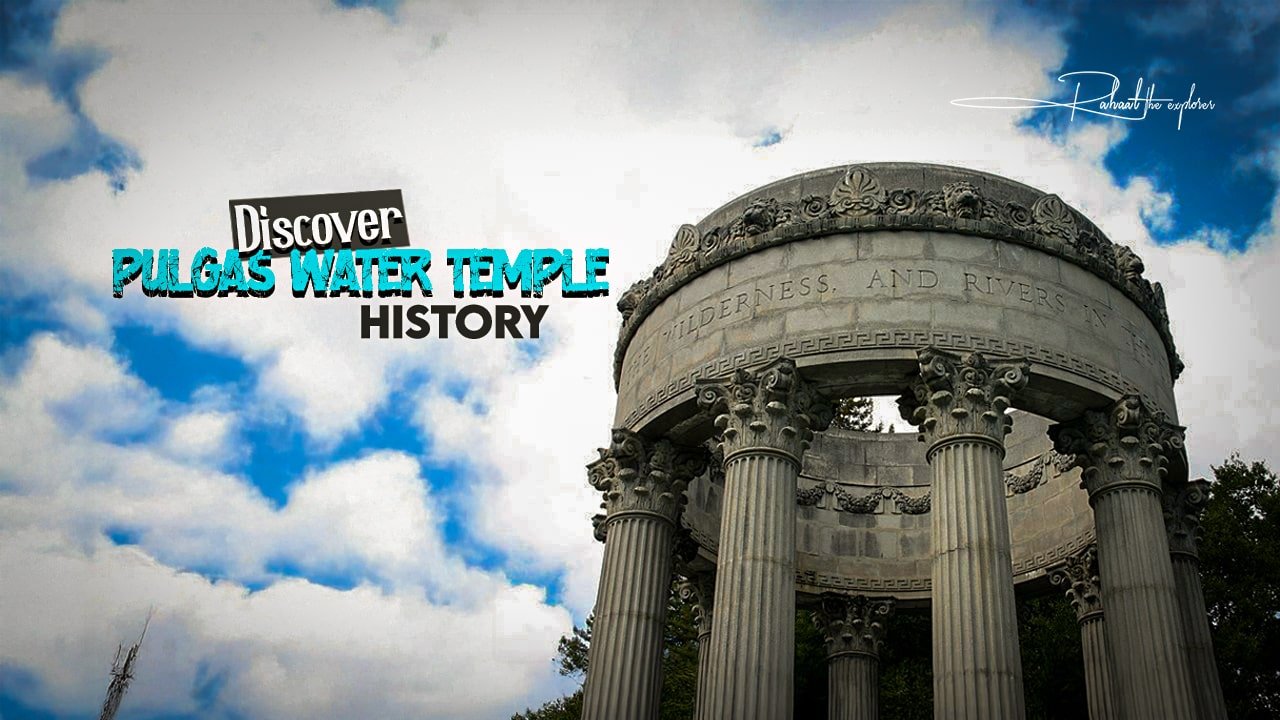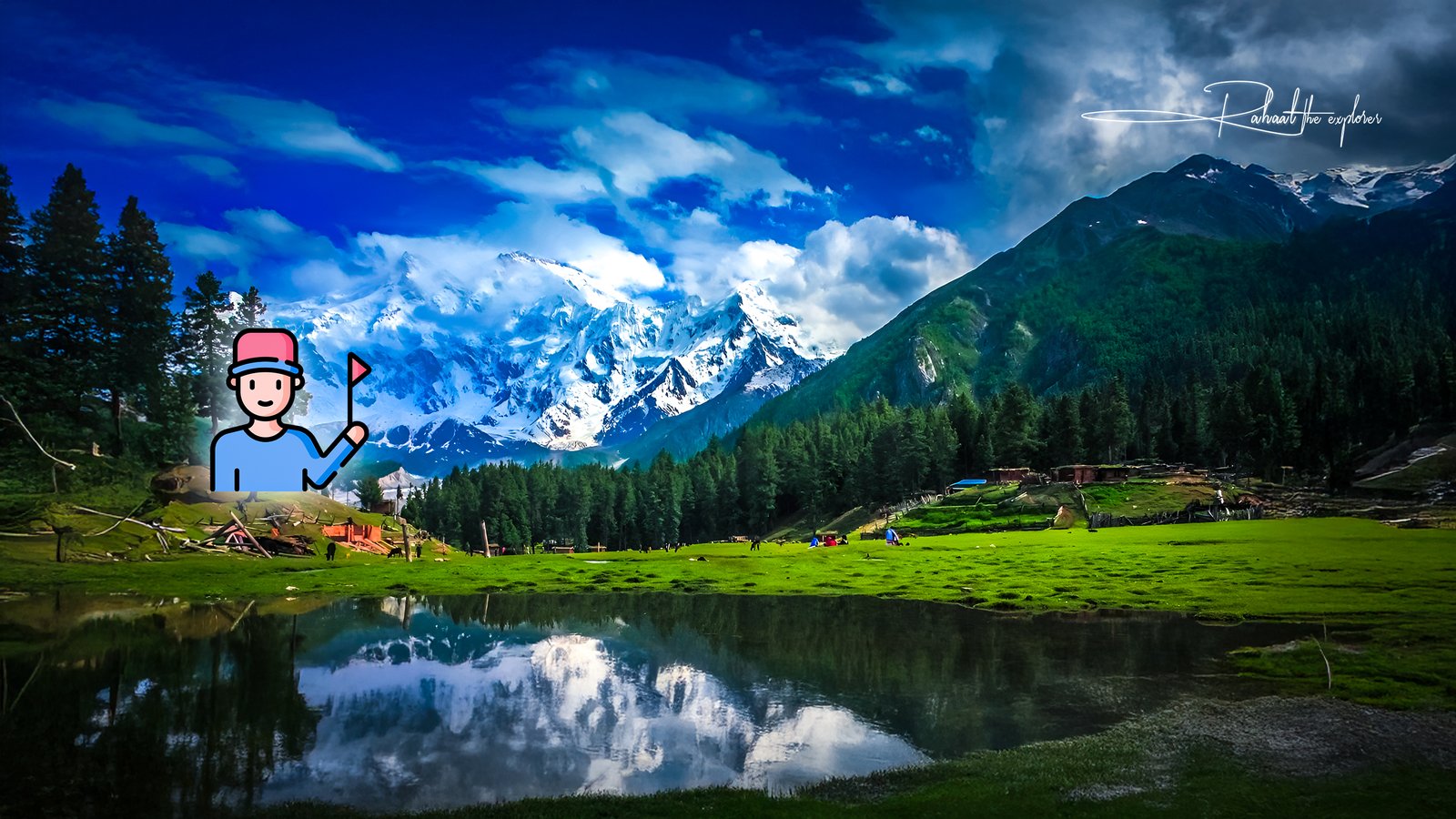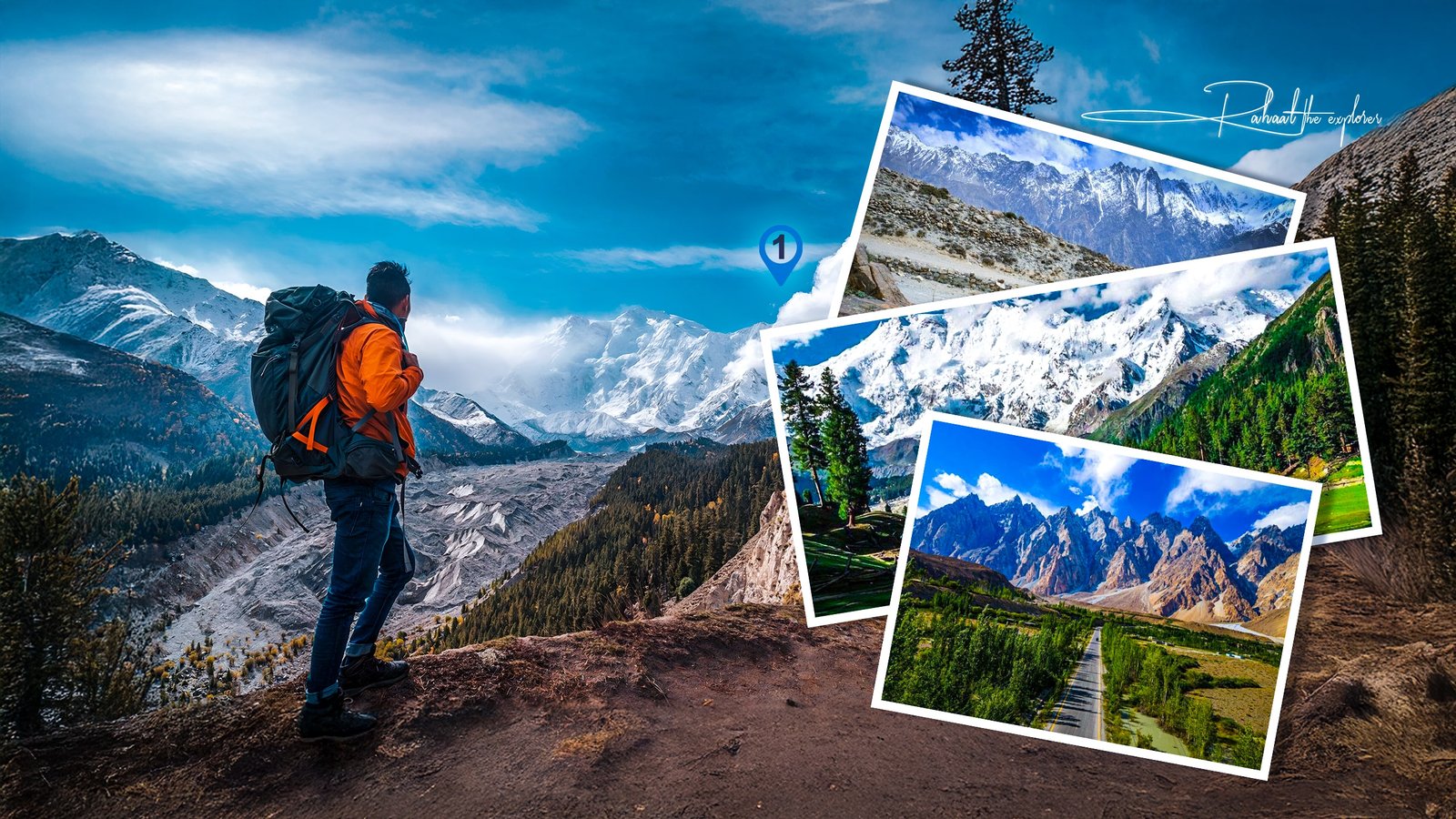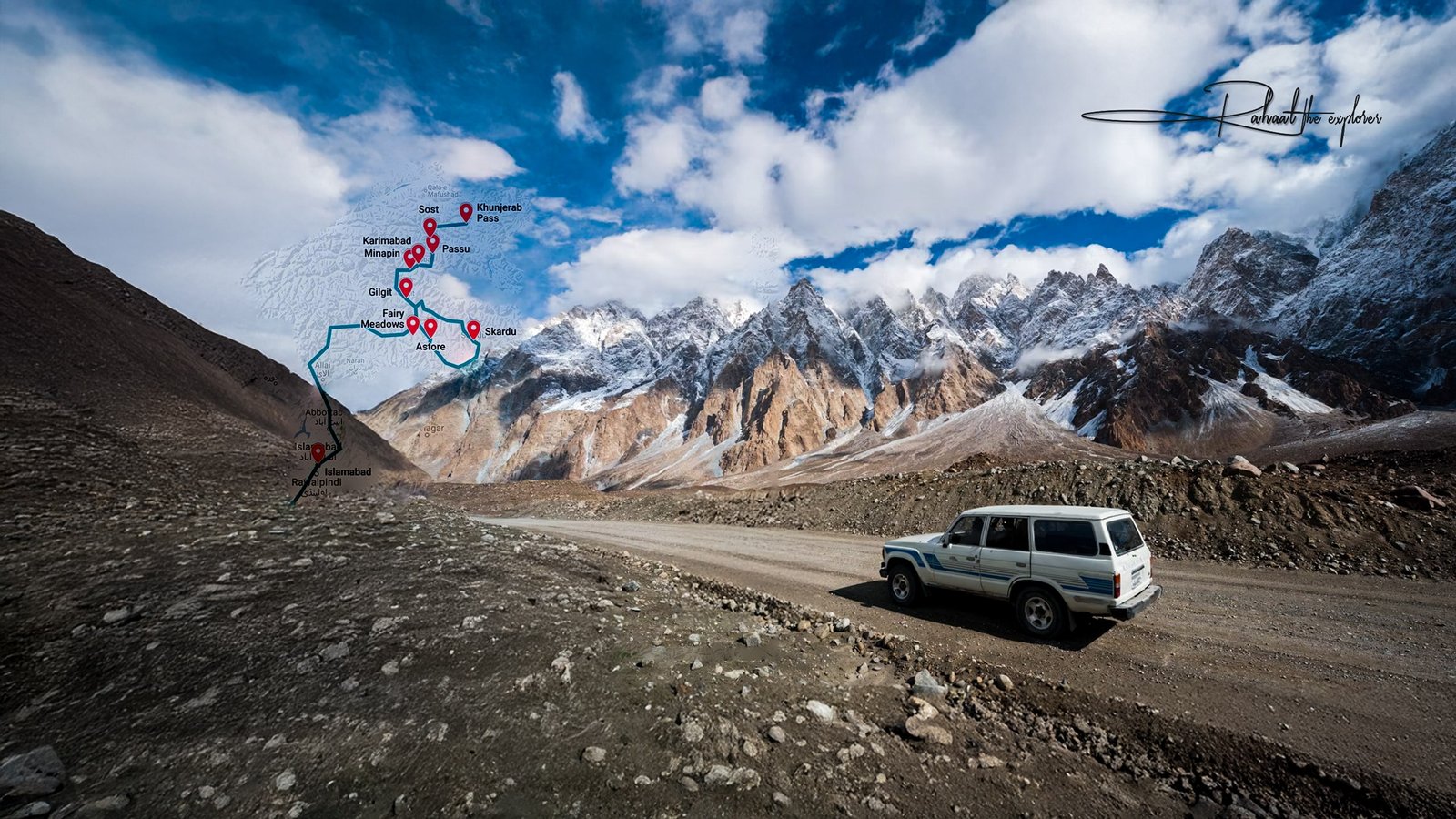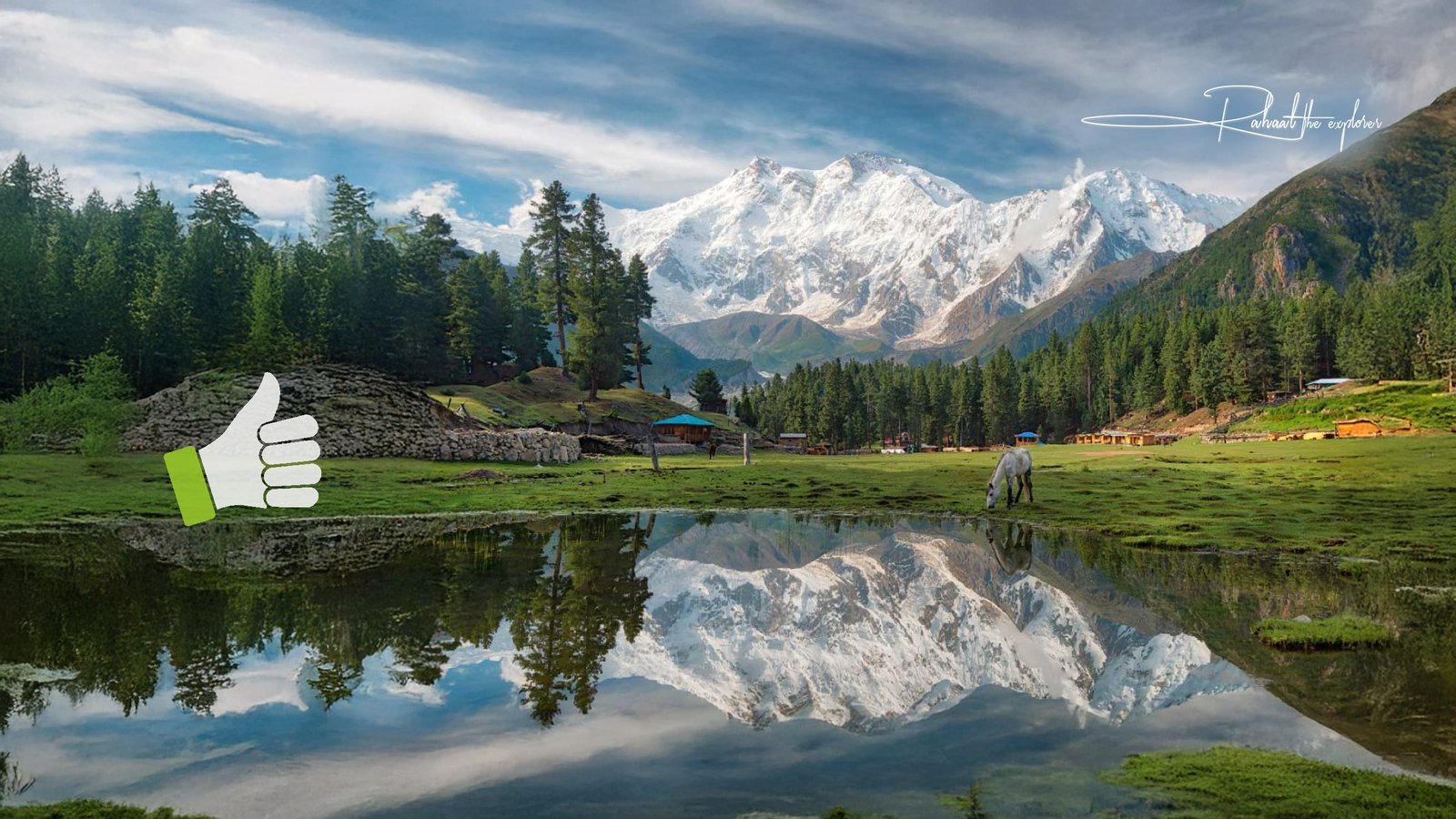Introduction
Tucked away in the rolling hills of San Mateo County, California, stands one of the state’s most elegant and lesser-known landmarks — the Pulgas Water Temple. While many people drive past it without realizing its significance, this neoclassical structure represents a vital piece of California’s history and engineering legacy. Built to commemorate the completion of the Hetch Hetchy Aqueduct, the temple is a symbol of human ingenuity and the triumph of modern infrastructure.
In this in-depth guide, we’ll explore everything about Pulgas Water Temple, from its fascinating origins to its architectural design, purpose, and visitor information. You’ll also discover photography tips, nearby attractions, and answers to frequently asked questions — all optimized for travelers, history enthusiasts, and search engines alike.
Where Is the Pulgas Water Temple?
The Pulgas Water Temple is located just off Interstate 280, south of Crystal Springs Reservoir, in Woodside, California — about 25 miles south of San Francisco. Nestled in a peaceful setting surrounded by cypress trees, the site serves as both a historic monument and a functional water facility managed by the San Francisco Public Utilities Commission (SFPUC).
- Address: 56 Cañada Road, Redwood City, CA 94062
- Coordinates: 37.4892° N, 122.2851° W
- Nearby Cities: Redwood City, San Mateo, Woodside
The Origins of Pulgas Water Temple
The Pulgas Water Temple was completed in 1938 to celebrate the arrival of pure mountain water from the Hetch Hetchy Reservoir in Yosemite National Park to the San Francisco Bay Area.
Following the devastating 1906 San Francisco earthquake, which left the city in dire need of a reliable water source, engineers undertook one of the most ambitious public works projects in American history: constructing a 167-mile-long aqueduct from the Sierra Nevada to San Francisco.
When the water finally reached the Crystal Springs Reservoir, the Pulgas Water Temple was erected as a monument to that achievement — a place where nature, architecture, and technology converged.
Meaning Behind the Name “Pulgas”
The word “Pulgas” means “fleas” in Spanish, derived from the nearby Arroyo de las Pulgas (Creek of the Fleas), named by early Spanish explorers. Although it might sound unglamorous, the name is a nod to California’s early colonial history, when explorers frequently named locations after local animals or environmental conditions.
Today, the name endures as part of California’s layered cultural identity — blending Indigenous roots, Spanish heritage, and American innovation.
Architecture and Design
Designed by architect William G. Merchant, a protégé of Bernard Maybeck, the Pulgas Water Temple reflects Greek Revival and Classical Roman influences.
Key Architectural Features:
- Corinthian Columns: The temple’s ring of Corinthian columns surrounds a circular fountain, reminiscent of ancient Roman temples dedicated to water deities.
- Engraved Inscription: Around the entablature, an inscription reads:
“Hetch Hetchy water for the people of San Francisco.” - Reflecting Pool: The temple originally featured a long reflecting pool that mirrored the structure, creating a serene and symmetrical view — an ideal scene for photographers.
- Marble Construction: Crafted from white marble, the temple gleams in the California sunlight, adding to its sacred and monumental appearance.
The design celebrates the purity and life-giving power of water, symbolizing how modern engineering can coexist with artistic beauty.
Function and Purpose
While the Pulgas Water Temple looks purely ceremonial, it also marks a critical junction point in the water delivery system. It is located where water from the Hetch Hetchy Aqueduct meets the local storage reservoirs of the Peninsula — specifically, the Crystal Springs Reservoir and San Andreas Lake.
Historically, this was where water first entered the Bay Area’s distribution system. Though water no longer flows openly through the temple, it continues to play an active role in monitoring and managing the region’s supply.
Symbolism of Pulgas Water Temple
Beyond its architectural grandeur, the Pulgas Water Temple carries deep symbolic meaning. It represents:
- Human harmony with nature — channeling mountain water without disrupting the natural ecosystem.
- Progress and cooperation — showcasing the collaboration between engineers, architects, and civic leaders.
- Resilience — a reminder of how San Francisco rebuilt itself stronger after the 1906 disaster.
For many visitors, the site evokes tranquility and respect for the invisible systems that sustain daily life.
Visiting Pulgas Water Temple
The Pulgas Water Temple is open to the public during weekdays (excluding holidays) and occasionally on weekends for private events. It’s a favorite destination for photographers, history buffs, and architecture lovers seeking a quiet escape.
Visitor Information:
- Hours: Typically 9 a.m. – 4 p.m. (verify seasonal hours with SFPUC)
- Admission: Free
- Parking: Free onsite parking lot available
- Restrooms: None on-site; available nearby at Cañada Road trail areas
Note: The temple area occasionally closes for private weddings or maintenance. Always check the SFPUC website for the latest updates before visiting.
Best Time to Visit
The Pulgas Water Temple is beautiful year-round, but lighting conditions can significantly influence your experience and photos.
- Spring: Lush greenery surrounds the reflecting pool; ideal for soft, natural light photography.
- Summer: Bright sunlight enhances the marble’s contrast against blue skies.
- Fall: Golden tones from nearby trees add warmth to your shots.
- Winter: Cooler, misty mornings create moody reflections.
Morning and late afternoon are the best times for photographers, offering gentle, even light and fewer crowds.
Photography Tips for Pulgas Water Temple
- Use a Wide-Angle Lens
Capture the full circular structure and its columns without distortion. - Frame with Symmetry
Align the temple’s columns in the center of your frame to emphasize balance. - Shoot Reflections
If the reflecting pool is filled, use it to double the temple’s image for dramatic effect. - Play with Shadows
The interplay of sunlight through the columns creates stunning light-and-shadow patterns. - Include Context
Capture the surrounding cypress trees or the distant hills to show the temple’s natural harmony. - Golden Hour Advantage
Soft light enhances marble texture and reduces glare for more detail-rich photos.
Events and Weddings
The Pulgas Water Temple is a sought-after venue for weddings, photography sessions, and small ceremonies due to its classical beauty and peaceful ambiance. Managed by SFPUC, the site can be reserved for private events.
Key Details:
- Reservations are required.
- Capacity is limited (up to around 60 guests).
- Amplified music and catering are typically not allowed.
- Permits must be secured for professional photography or filming.
Its timeless elegance makes it a favorite backdrop for wedding photography, graduation shoots, and nature portraits.
Conservation and Maintenance
The Pulgas Water Temple is maintained by the San Francisco Public Utilities Commission, which oversees the Hetch Hetchy Regional Water System. Conservation efforts ensure that the site remains structurally sound and publicly accessible while preserving its environmental surroundings.
The SFPUC occasionally restores marble surfaces, cleans the reflecting pool, and maintains the landscape to protect both historical and ecological integrity.
Nearby Attractions
The area surrounding Pulgas Water Temple offers several excellent destinations for travelers looking to explore more of California’s natural beauty and history.
1. Filoli Historic House & Garden
Located just a few minutes away, Filoli is a grand estate with lush gardens, historic architecture, and seasonal events.
2. Crystal Springs Reservoir
A scenic water body surrounded by hiking and biking trails — a great complement to your Pulgas visit.
3. Edgewood Park & Natural Preserve
Offers panoramic views of the Peninsula, wildflower trails, and quiet picnic spots.
4. Huddart Park
Perfect for hiking or picnicking under redwoods, located nearby in Woodside.
5. Cañada Road Trail
A popular biking route with beautiful views, often combined with a visit to the temple.
Interesting Facts About Pulgas Water Temple
- The temple marks the exact spot where Hetch Hetchy water first entered the Bay Area system.
- The original dedication ceremony in 1938 drew dignitaries, engineers, and hundreds of citizens.
- The temple’s design was inspired by ancient Greek temples to water gods, like those dedicated to Poseidon.
- The reflecting pool was temporarily removed in the early 2000s for safety but has since been partially restored.
- It has appeared in several photography exhibitions and local documentaries about California’s water systems.
Educational Significance
Beyond its beauty, the Pulgas Water Temple serves as an educational tool about California’s water management system — one of the most sophisticated in the world.
Many schools and universities visit to study:
- Civil engineering of aqueduct systems
- Environmental conservation and watershed management
- Historic architecture and urban planning
It stands as a physical reminder of how essential infrastructure projects can also be artful and inspiring.
Frequently Asked Questions (FAQs)
1. What is the Pulgas Water Temple?
The Pulgas Water Temple is a monument in Woodside, California, built in 1938 to commemorate the completion of the Hetch Hetchy Aqueduct, which delivers water from Yosemite to the San Francisco Bay Area.
2. Where is the Pulgas Water Temple located?
It’s located at 56 Cañada Road, Redwood City, California, near the Crystal Springs Reservoir and accessible from Interstate 280.
3. Who designed the Pulgas Water Temple?
Architect William Merchant designed the temple, inspired by ancient Roman and Greek structures that celebrated water deities.
4. Is the Pulgas Water Temple open to the public?
Yes, it is open on weekdays for visitors. However, the site may close temporarily for private events or maintenance, so it’s best to confirm in advance.
5. Can I take photos or film at Pulgas Water Temple?
Yes, photography is allowed for personal use. Professional or commercial photography requires a permit from SFPUC.
6. Is the Pulgas Water Temple still functional?
While water no longer flows through the visible structure, the site remains a part of the Bay Area’s active water distribution system.
7. Can I host a wedding or event there?
Yes, private ceremonies and weddings are allowed with a reservation and proper permits through SFPUC.
8. Is there a fee to visit Pulgas Water Temple?
No, entry and parking are free. However, fees apply for event reservations and filming permits.
9. How long does a visit take?
A typical visit lasts 30–45 minutes, though photographers or history enthusiasts may wish to stay longer.
10. What other attractions are near Pulgas Water Temple?
Nearby attractions include Filoli Gardens, Crystal Springs Reservoir, and Huddart Park — all within a short drive.
Conclusion
The Pulgas Water Temple stands as more than just a monument; it’s a symbol of California’s innovation, artistry, and respect for nature. Combining classical architecture with modern utility, it tells a story of how water — the essence of life — can inspire both functionality and beauty.
Whether you visit to admire its design, learn about its history, or capture perfect photos, this tranquil landmark invites reflection on how human creativity can enhance the natural world.
For travelers exploring Northern California, a stop at the Pulgas Water Temple is a journey into history — and a reminder that even our most practical achievements can be monuments of art and inspiration.


